
Implants are promising for long-term, sustained, and reversible delivery of ARV drugs that may bypass adherence challenges for end users.

Implants are promising for long-term, sustained, and reversible delivery of ARV drugs that may bypass adherence challenges for end users.
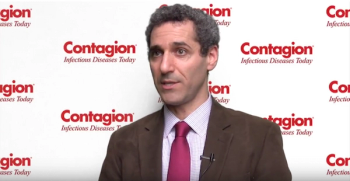
Douglas Krakower, MD, discusses which variables in electronic health records could be used to identify candidates for pre-exposure prophylaxis.
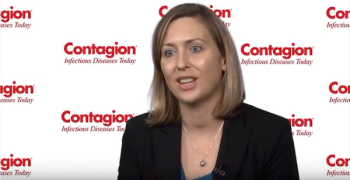
Colleen Kelley, MD, describes the role of health care providers in linking patients with PrEP.

Hair levels are found to be the strongest independent predictor of virologic success in a recent treatment trial.

Stay up-to-date on the latest infectious disease news by checking out our top 5 articles of the week.
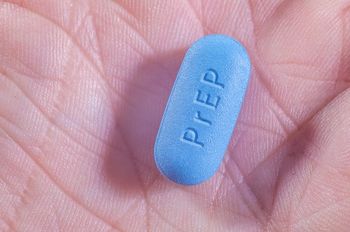
At CROI 2018, Dr. Linda-Gail Bekker highlighted 7 controversies surrounding PrEP and provided conference attendees with enough evidence to separate fact from fiction.
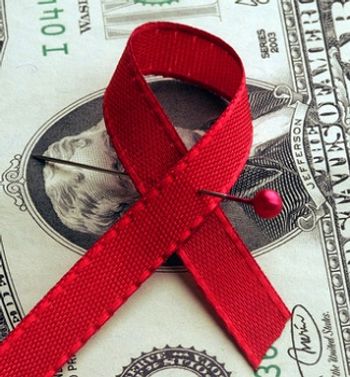
One study takes a look at how out-of-pocket costs impede the use of pre-exposure prophylaxis in young men who have sex with men.

Better understanding of the vaginal microbiome may provide new insights into HIV acquisition.
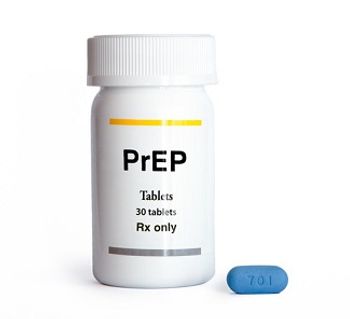
First detailed analysis by race and risk group finds that two-thirds of those who could benefit from PrEP are African American or Latino, but they account for the smallest percentage of prescriptions to date.

Research suggests misperceptions about the risk of HIV infection should be corrected at the time of testing, with PrEP initiated same-day if appropriate.

Stay up-to-date on the latest infectious disease news by checking out our top 5 articles of the week.
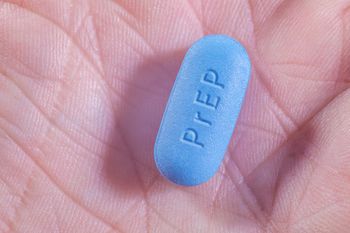
PrEP does not have to be taken daily to be effective, but consistency and a strong support system are key.
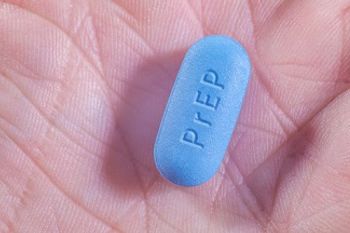
A new study from investigators at Drexel University revealed that if 25% of high-risk men who have sex with men appropriately used the pre-exposure prophylaxis (PrEP), 3 out of every 10 HIV infections in this population could be prevented.
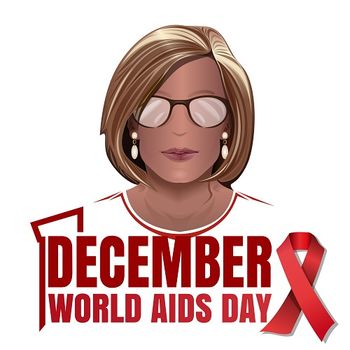
The National Institutes of Health (NIH) have announced plans for a new trial testing the effectiveness of the injectable pre-exposure prophylaxis (PrEP) drug, cabotegravir, in sexually-active women.

Although a once-daily pill to prevent HIV exists, US populations at highest risk have the lowest rates of usage.
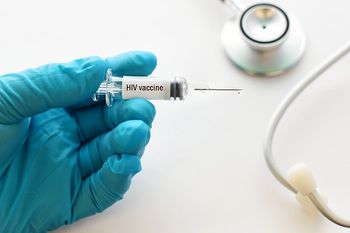
NIAID director Dr. Anthony S. Fauci stresses in a recent commentary that, from a practical standpoint, the development of a moderately effective HIV vaccine is “essential” to ending the pandemic.

In case you missed them, we've compiled the top five infectious disease articles from this past week.

A Phase 2 study showed that maraviroc-containing antiretroviral regimens were generally safe and well-tolerated in a female population.
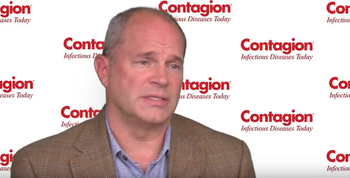
Alex Rinehart, PhD, explains if cabotegravir interacts with any other medications.

A NIH network study finds that pre-exposure prophylaxis, approved for daily use in adults, can also reduce chances of HIV infection in young male adolescents.
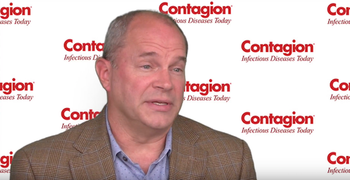
Alex Rinehart, PhD, identifies the target population for cabotegravir.
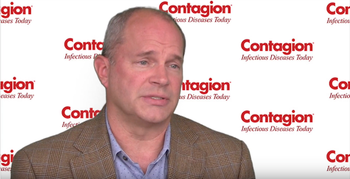
Alex Rinehart, PhD, explains how cabotegravir is a gender-neutral pre-exposure prophylaxis medication.
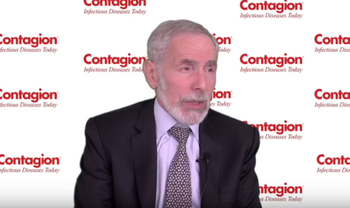
Kenneth Mayer, MD, discusses some societal challenges that at-risk individuals face today that may keep them from taking pre-exposure prophylaxis.
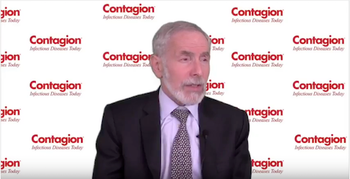
Kenneth Mayer, MD, explains why primary care providers need to have a good sense of their patients in order to help them decide if PrEP is right for them.

Due to concerns that the use of PrEP might hinder clinicians from detecting HIV in infected individuals or lead to the development of resistant strains of HIV, scientists studied how PrEP affects seroconversion after HIV is acquired.